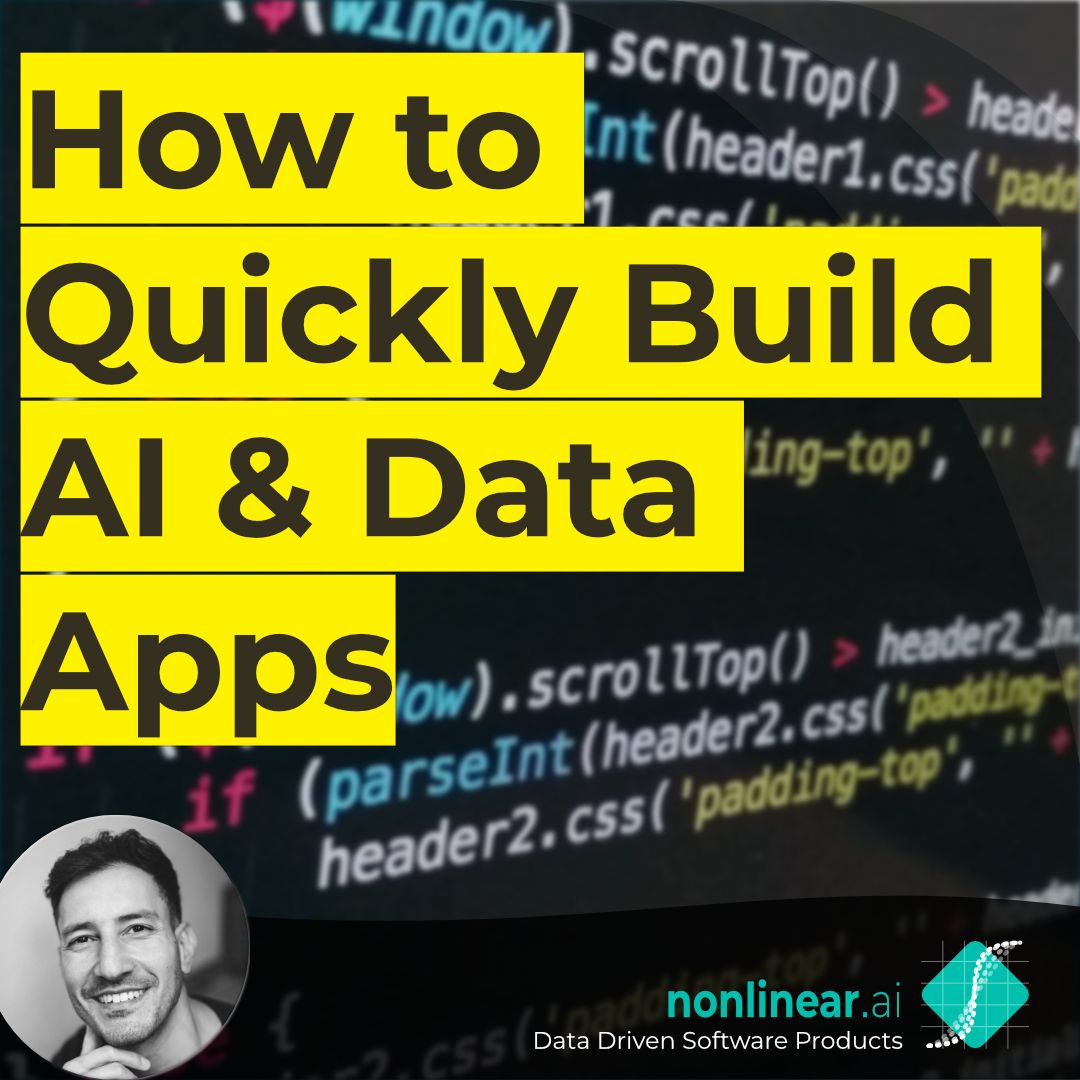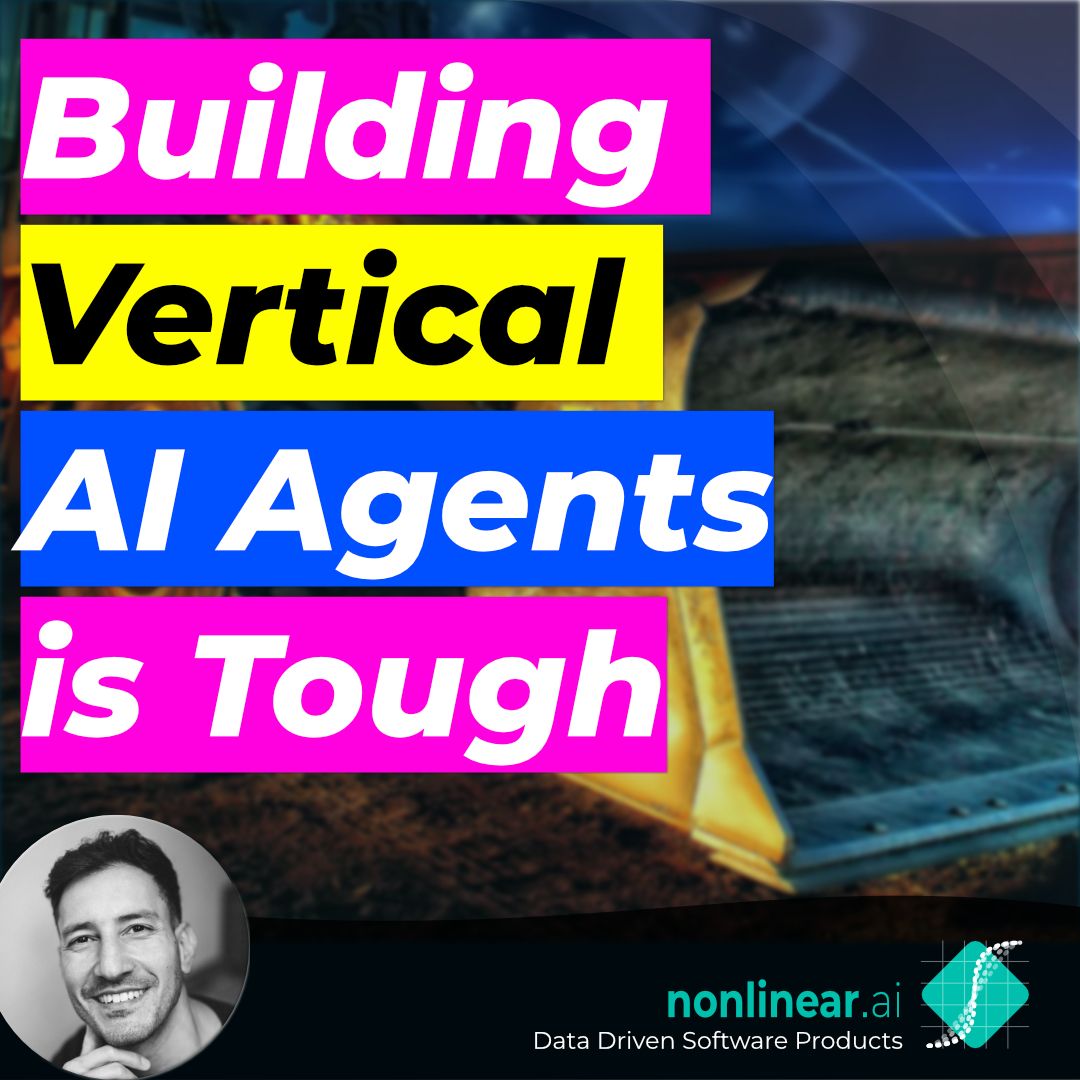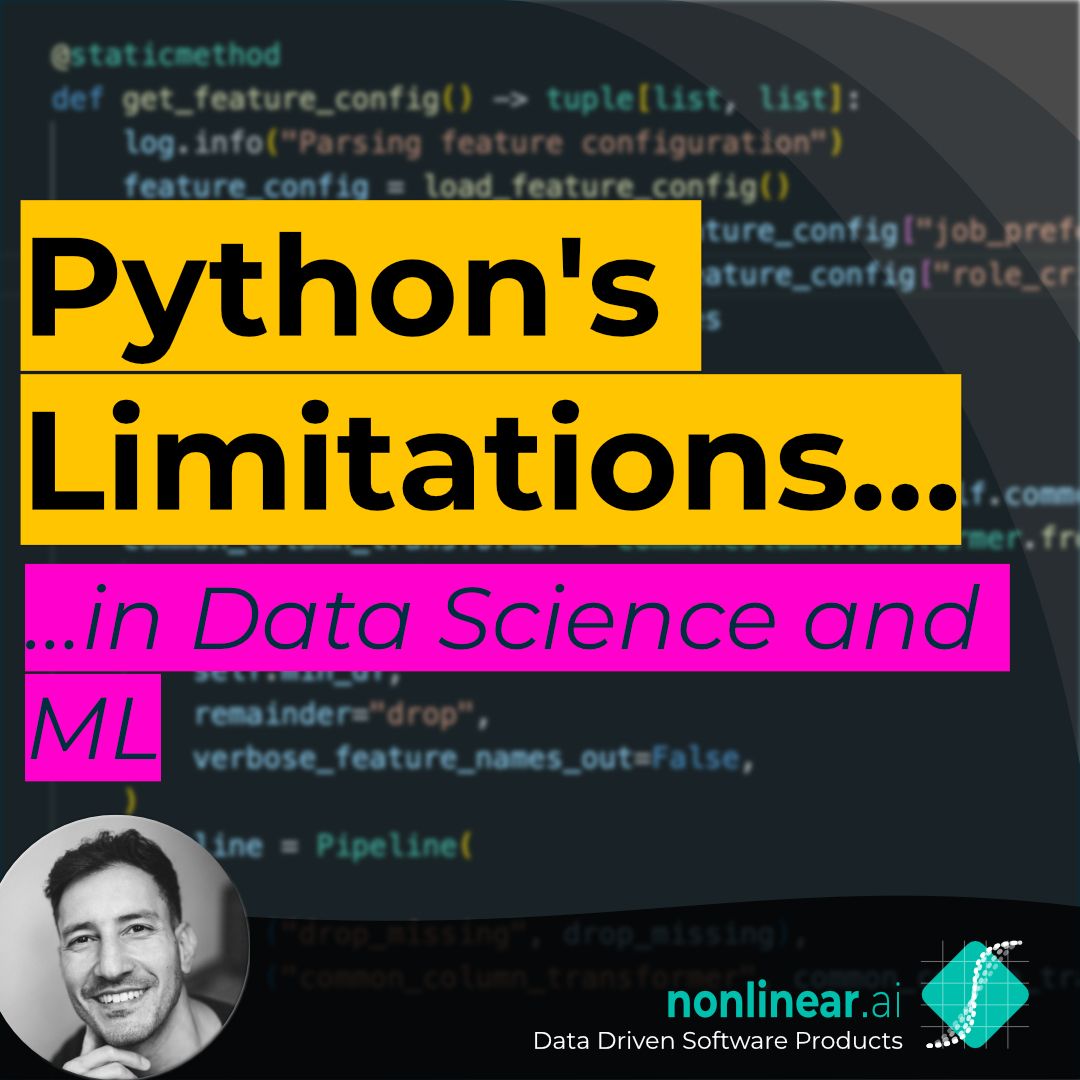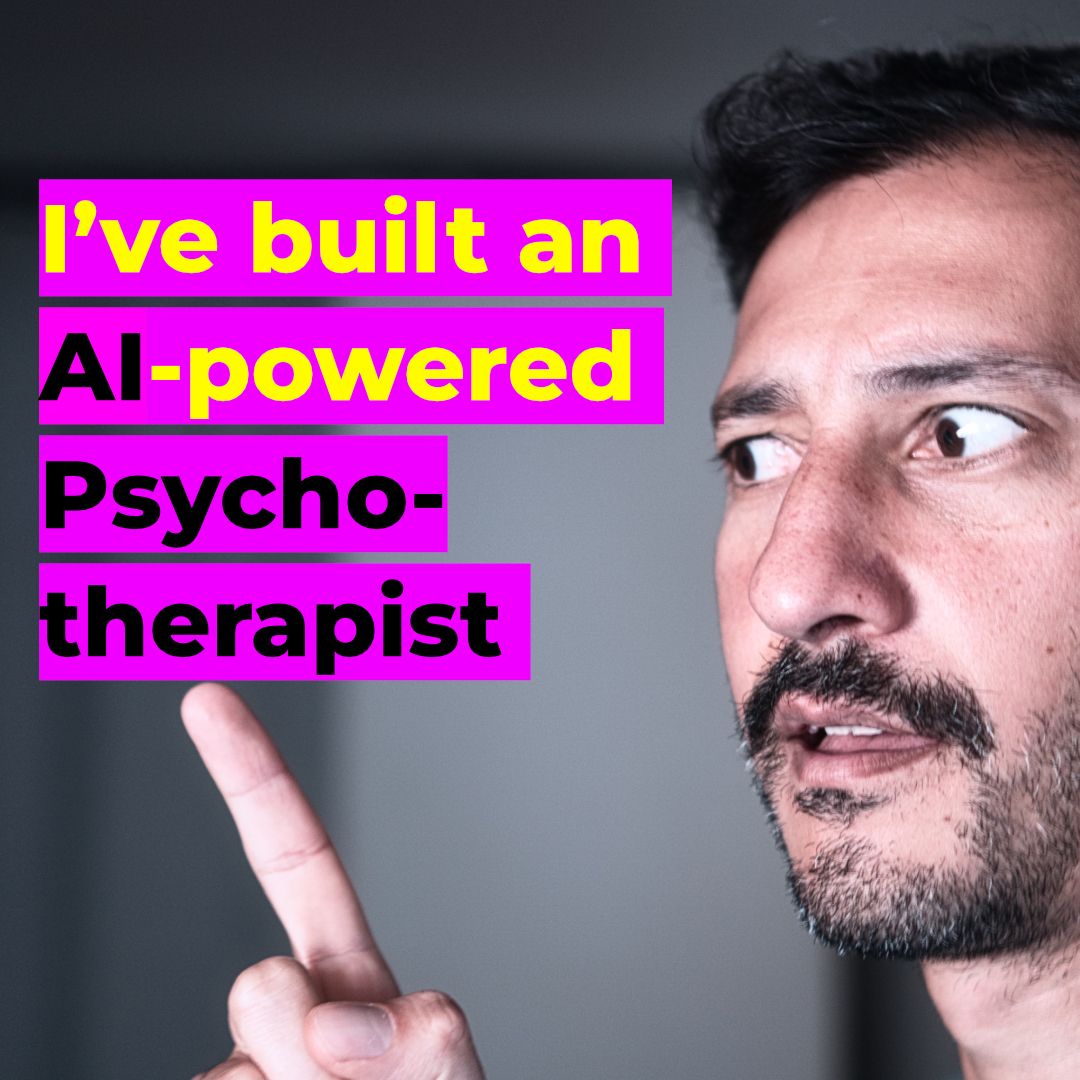When developing AI models, you eventually need an interface to experiment with and showcase your work. In the past, I used general-purpose frontend libraries like React and Vue to create these interfaces. However, this approach requires a deep understanding of JavaScript, CSS, and HTML—and even for simple interfaces, it can be time-consuming.
Fortunately, as data scientists primarily work in Python, there are now powerful frameworks like Gradio, Streamlit, and Plotly that make it much easier. These frameworks let you build fully functional web applications by writing only Python code. They come with pre-built components such as sliders, data tables, and more, allowing you to create sophisticated AI applications with minimal effort. Plus, they simplify the process of connecting these components, so you don’t have to worry about handling global state, routing, or other complexities of traditional frontend development.
That said, these tools are better suited for building quick prototypes rather than fully-fledged, production-ready applications. While they excel in simplicity and speed, for more complex, scalable, and robust solutions, you'll still likely need a dedicated frontend framework and more advanced infrastructure.
#AIApps #DataScience #PythonDevelopment #WebAppFrameworks



